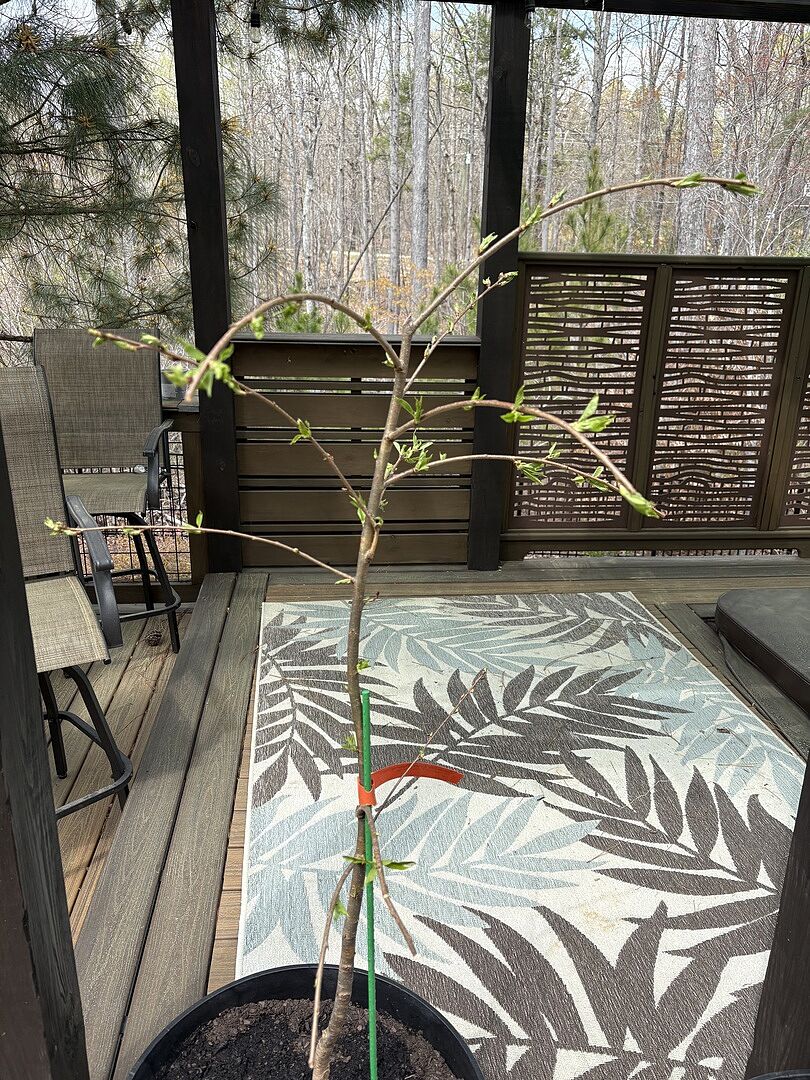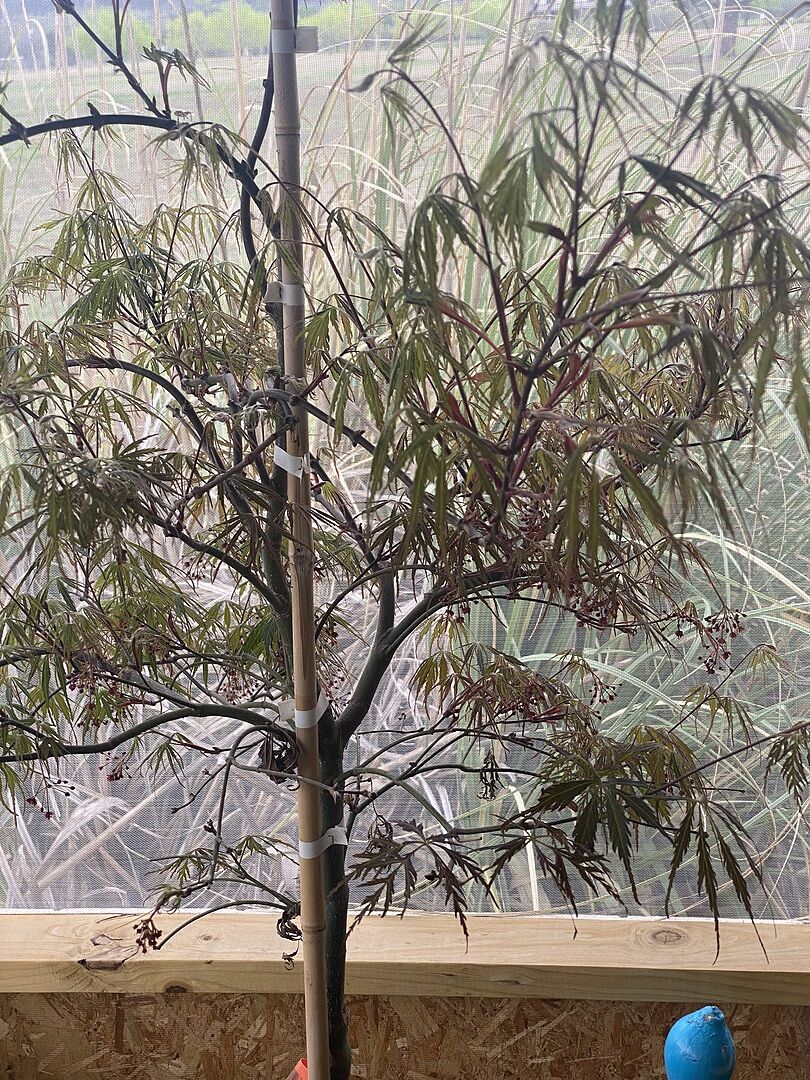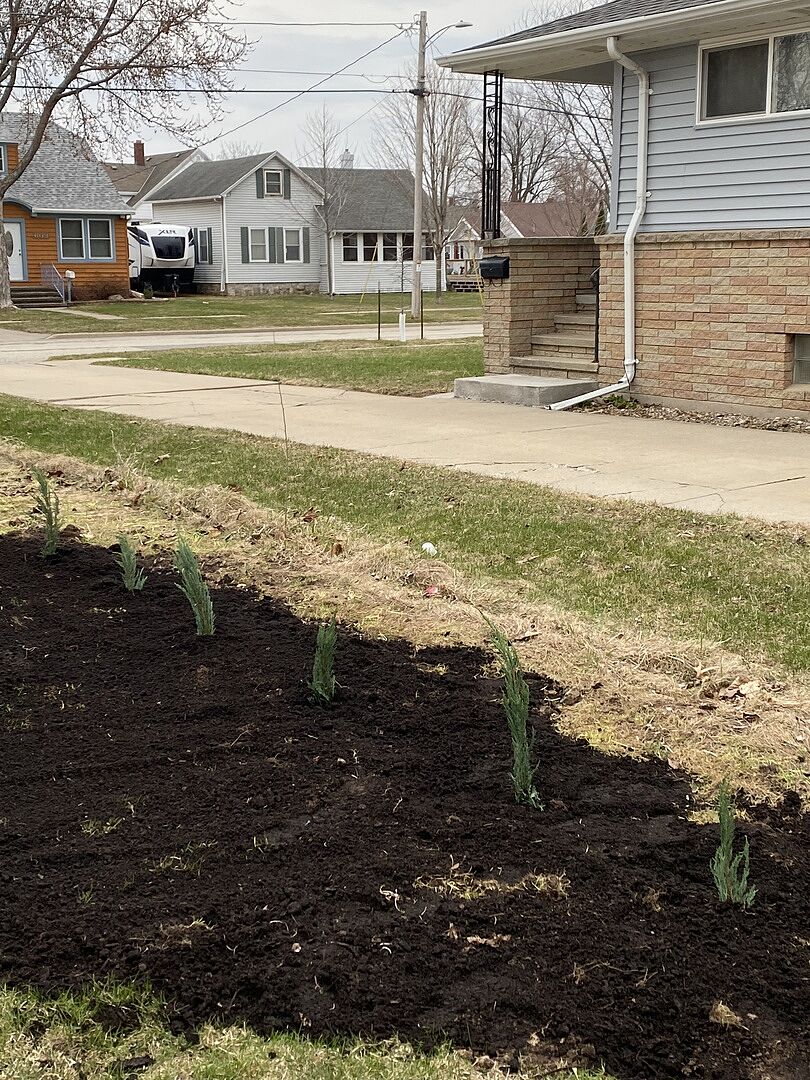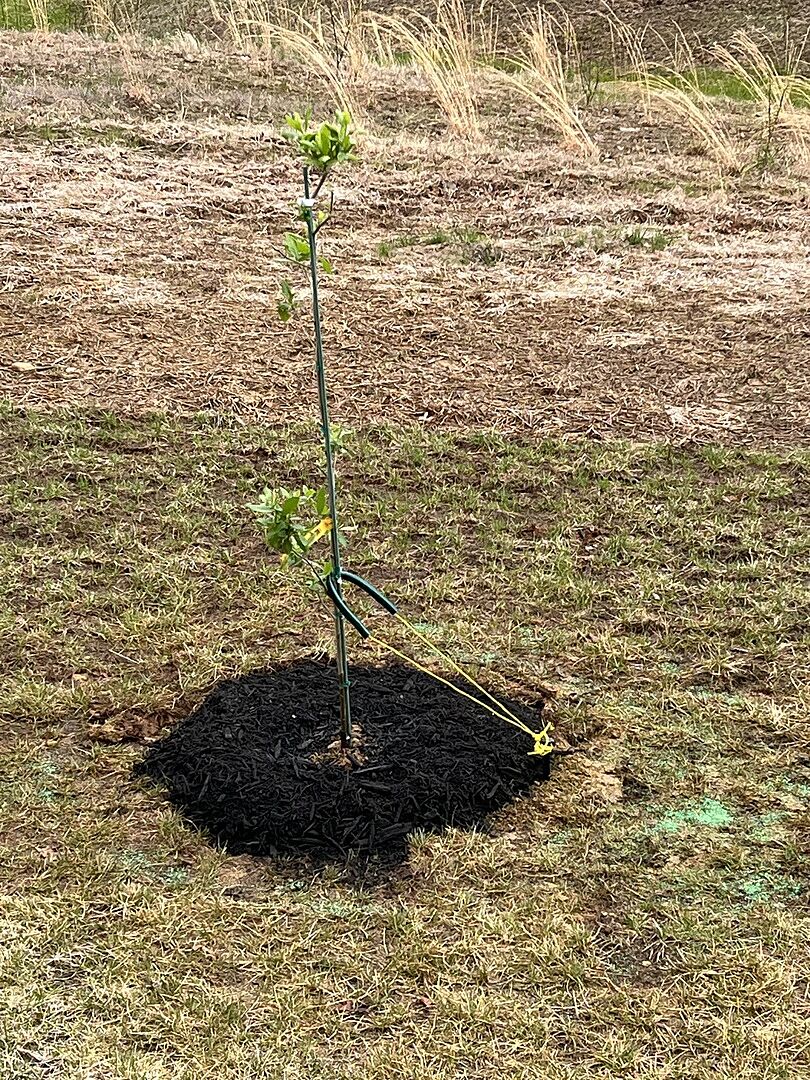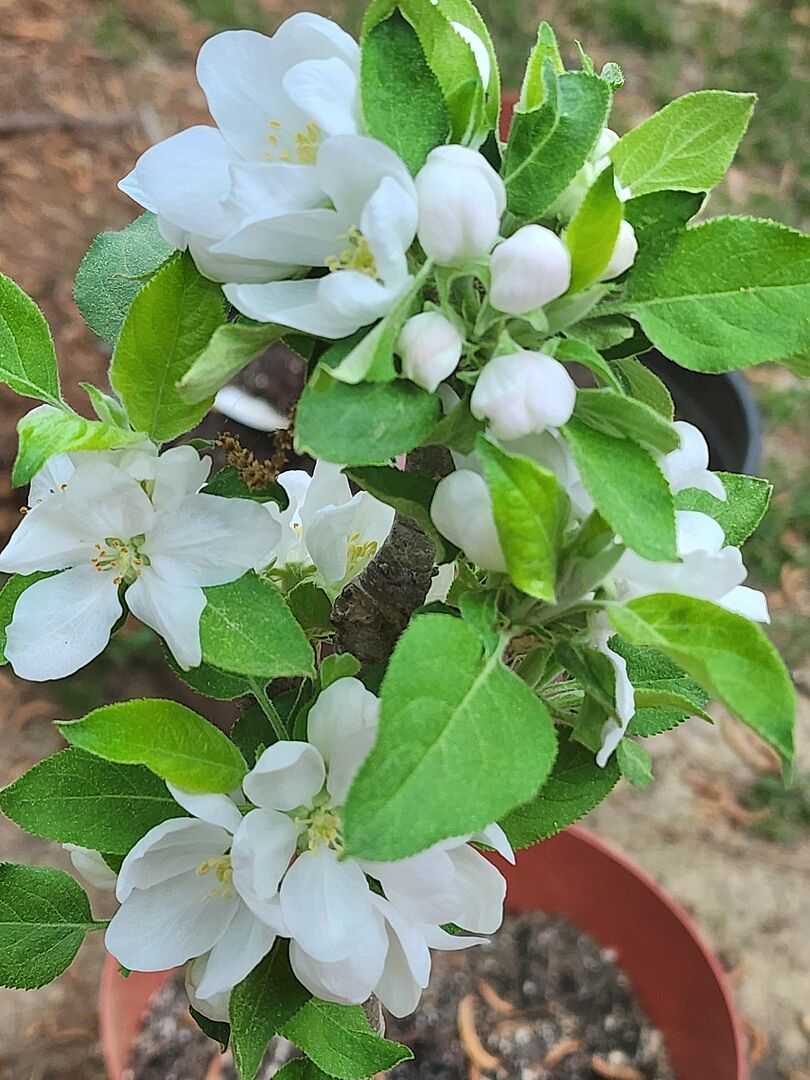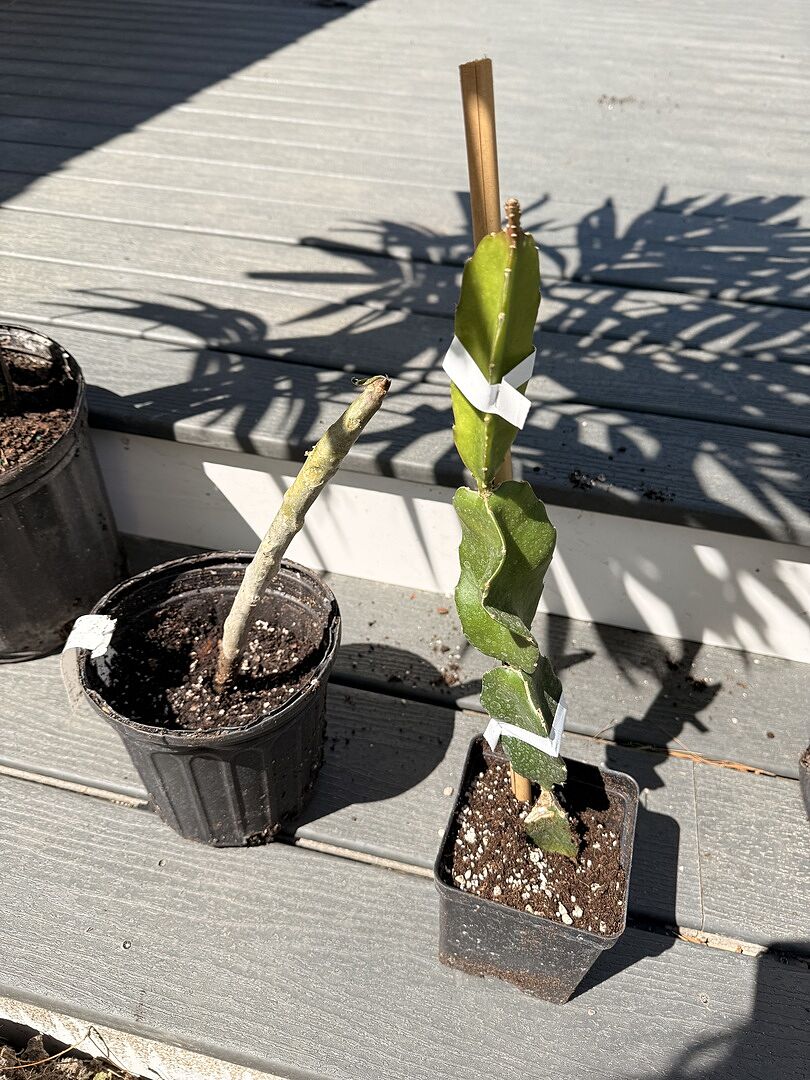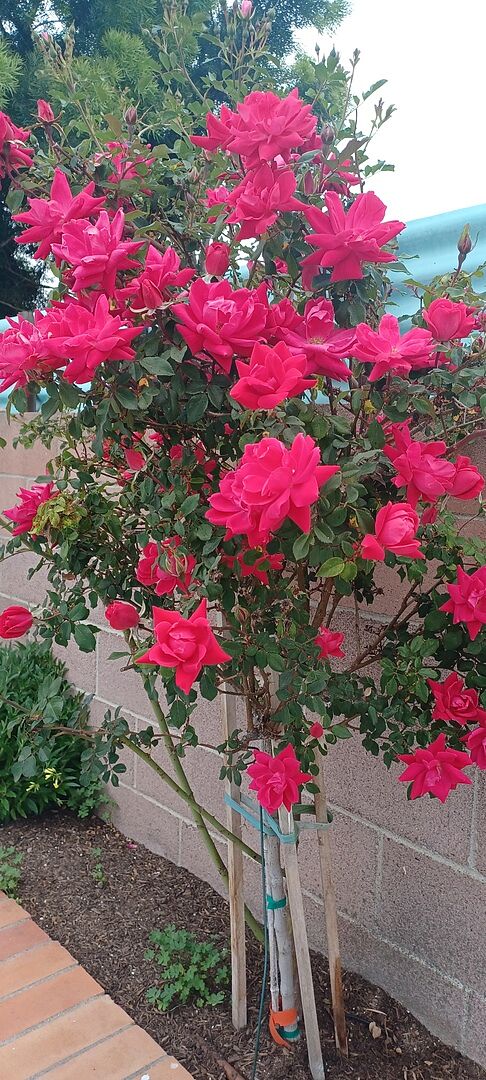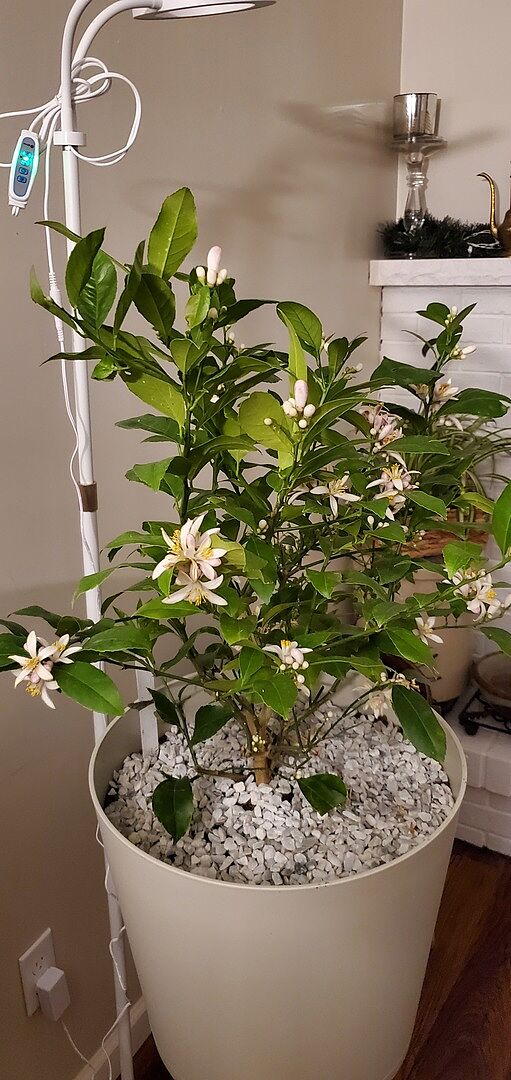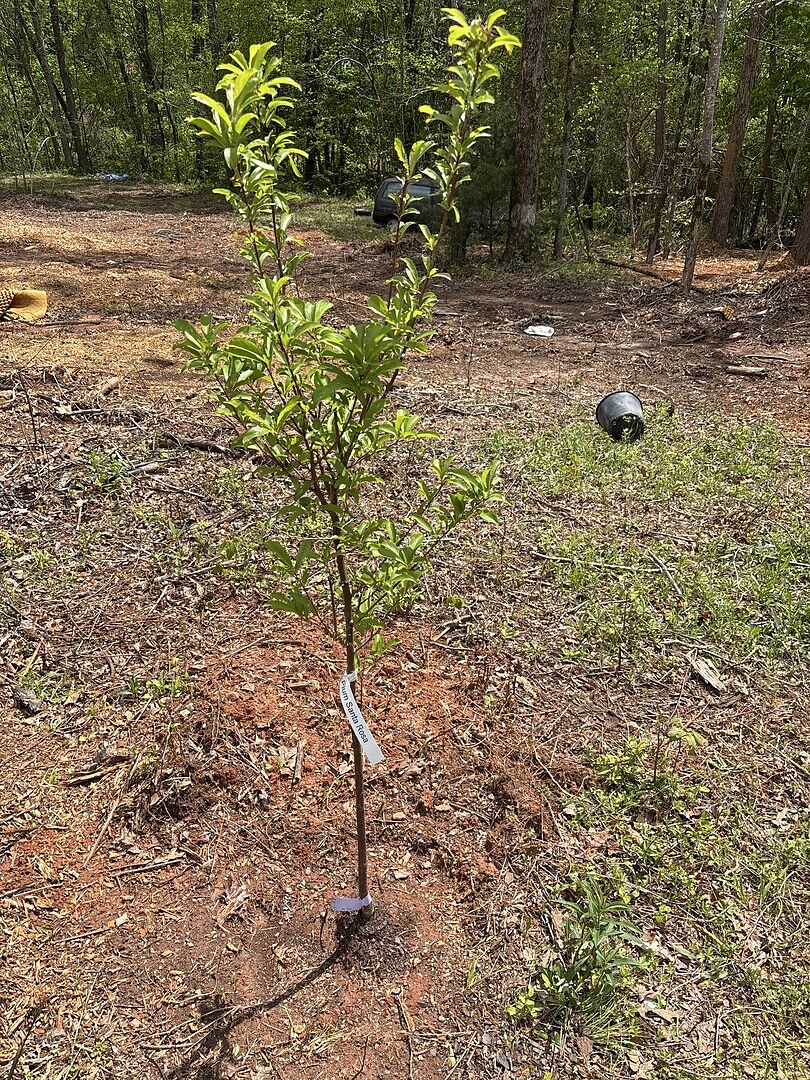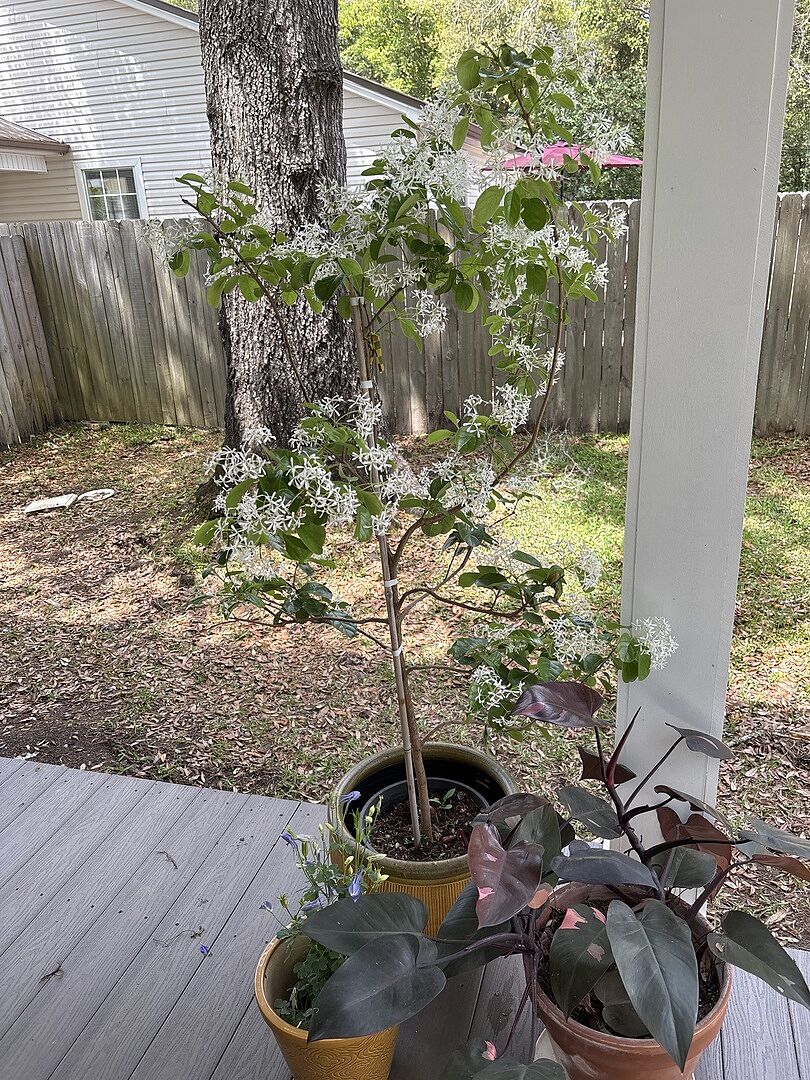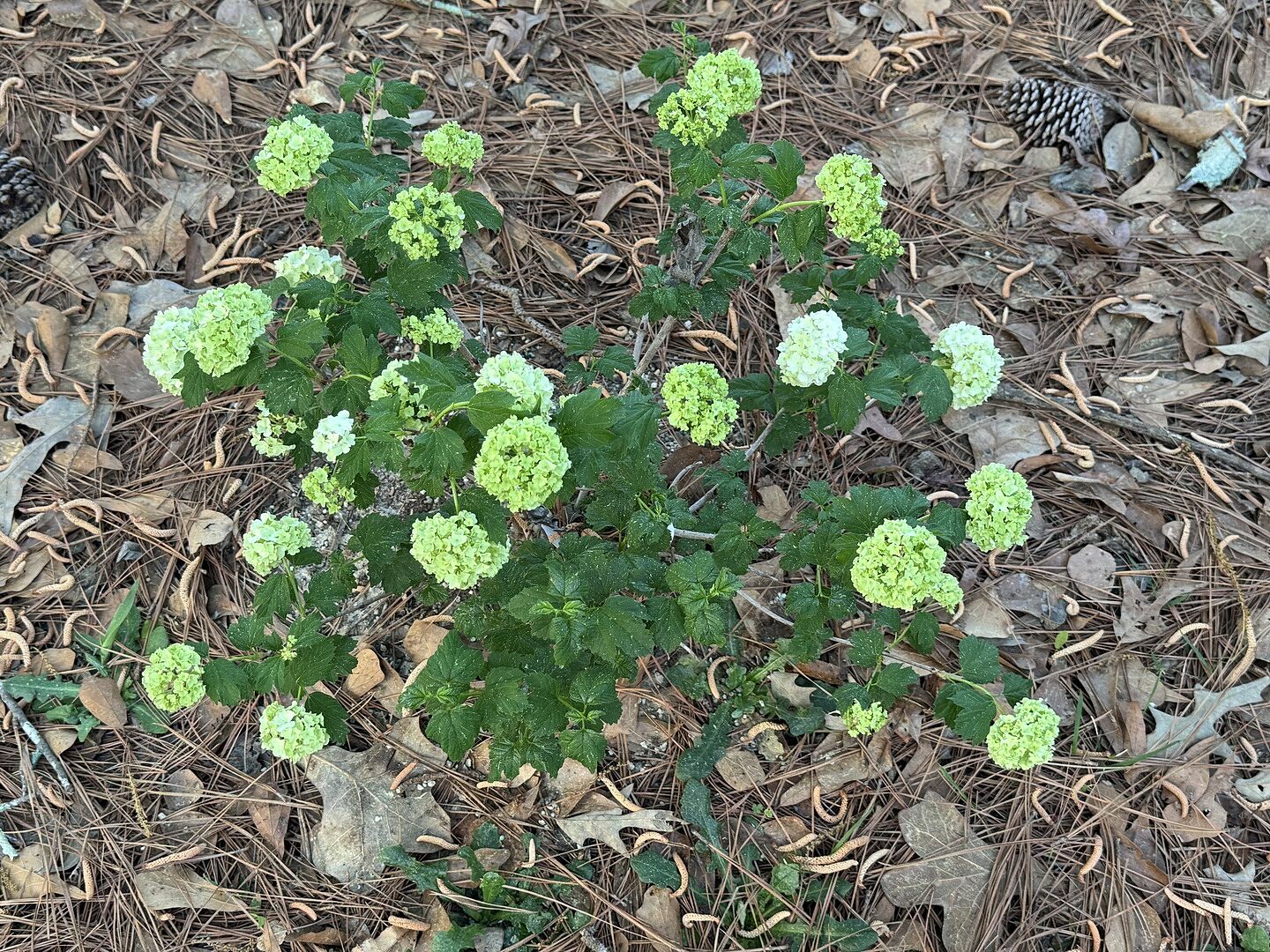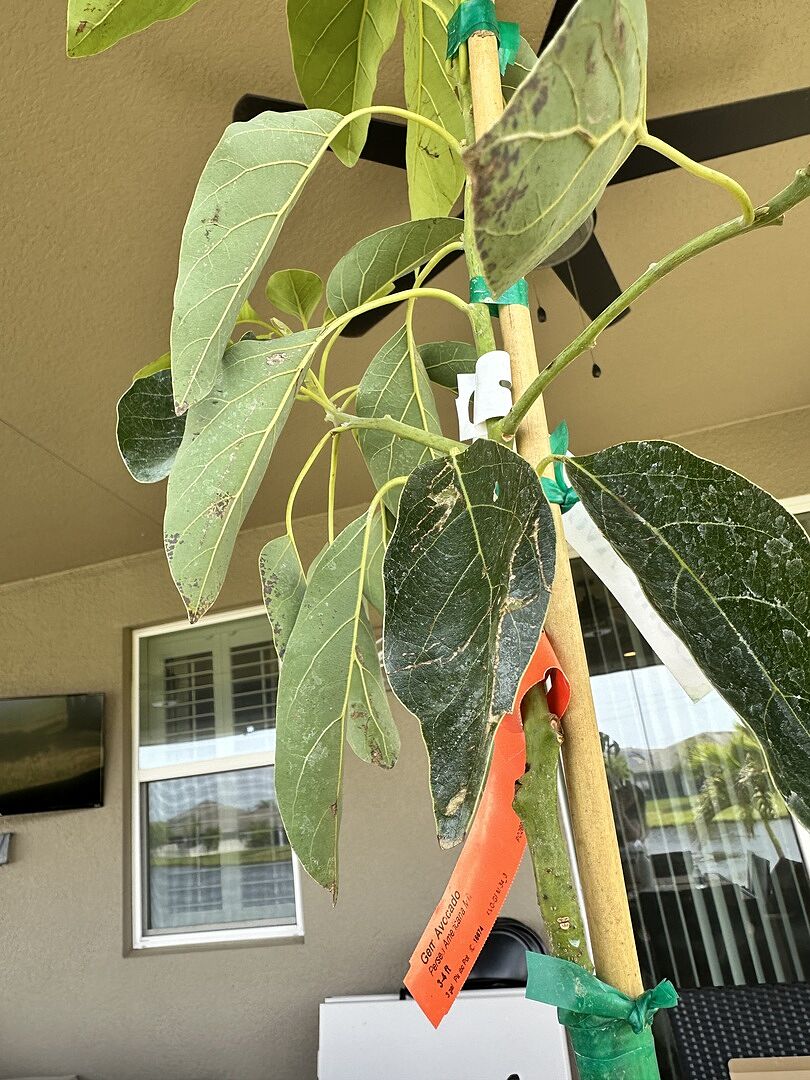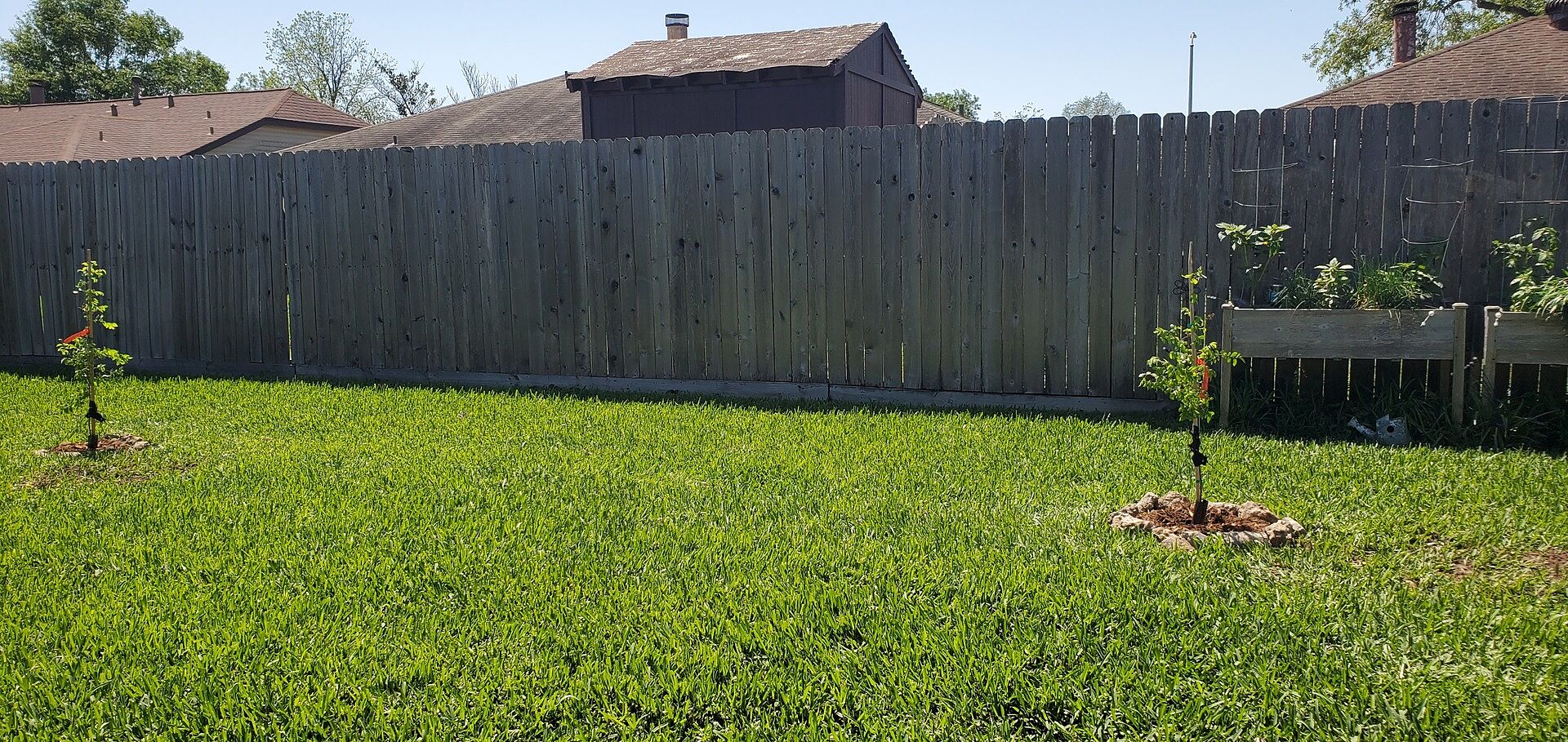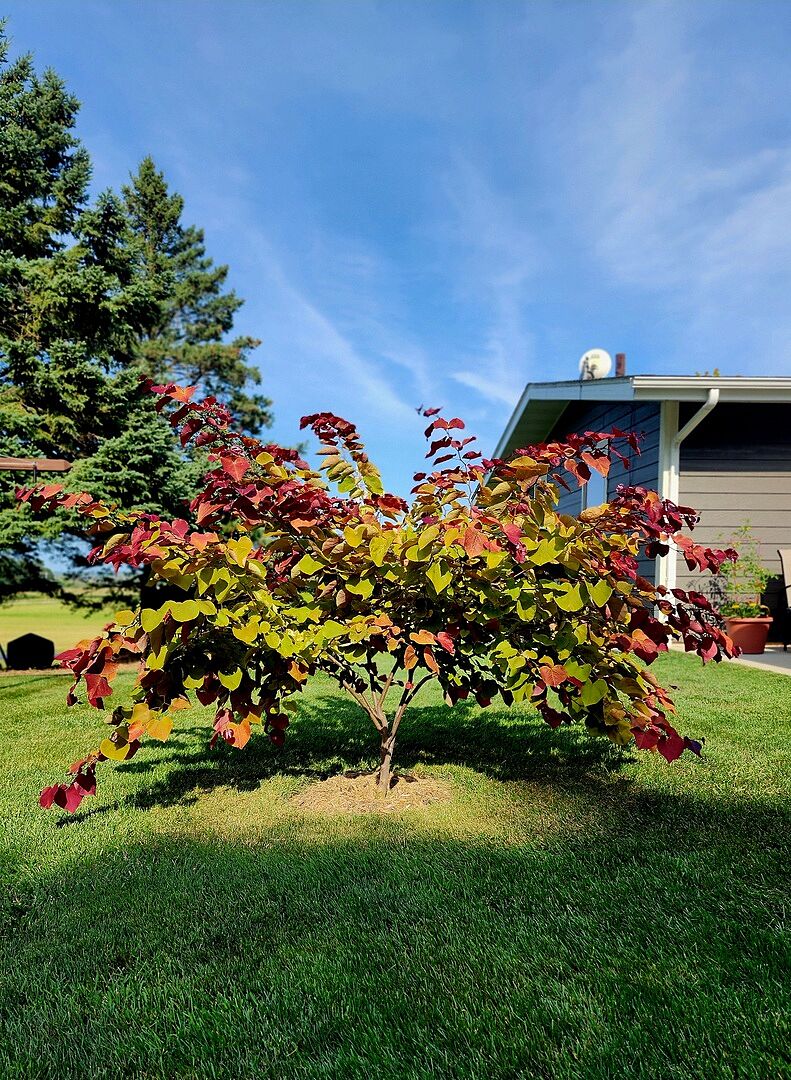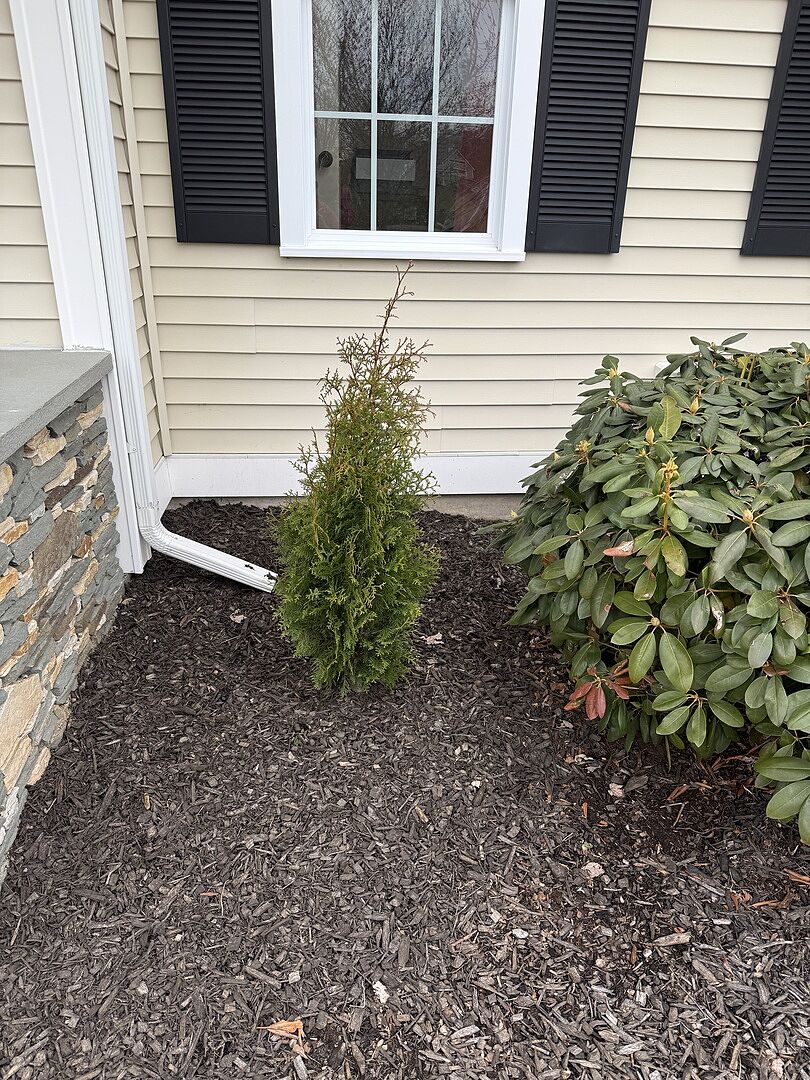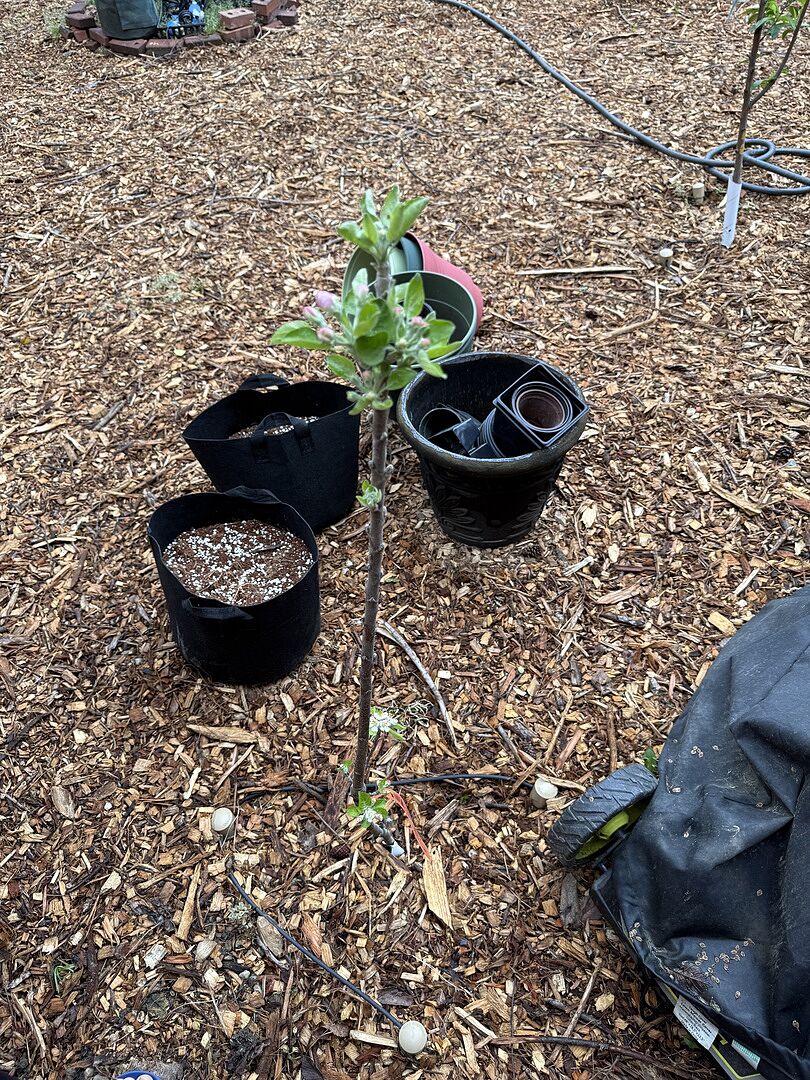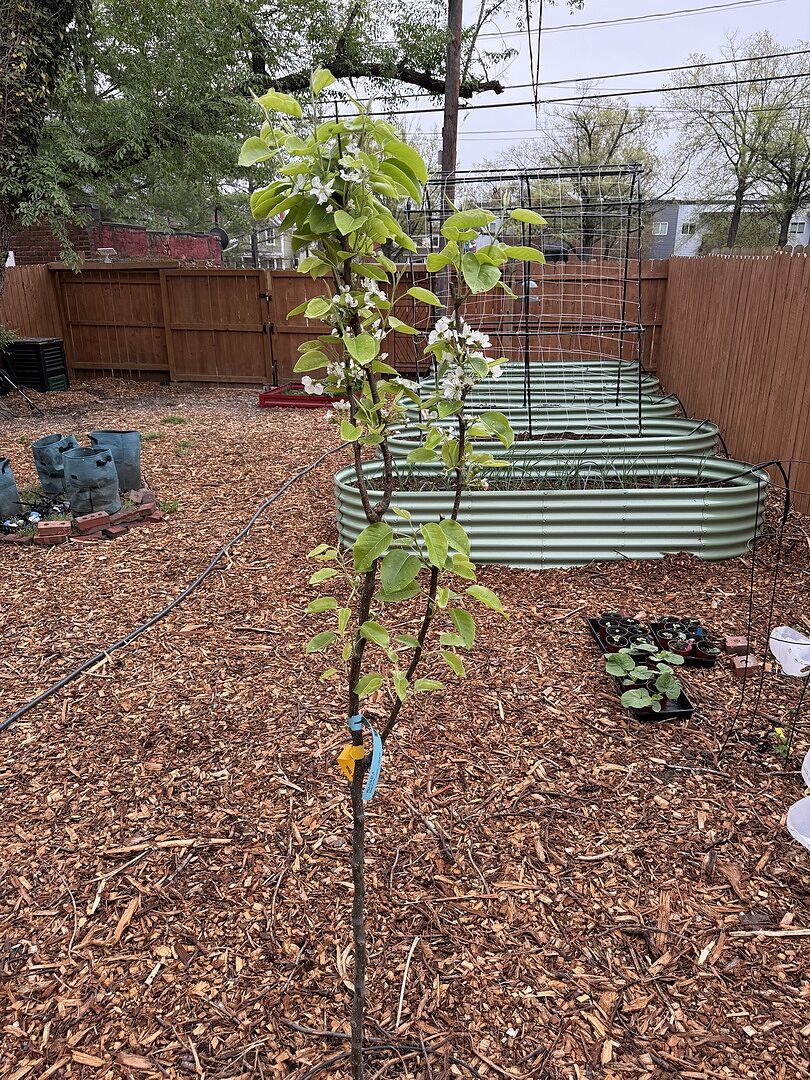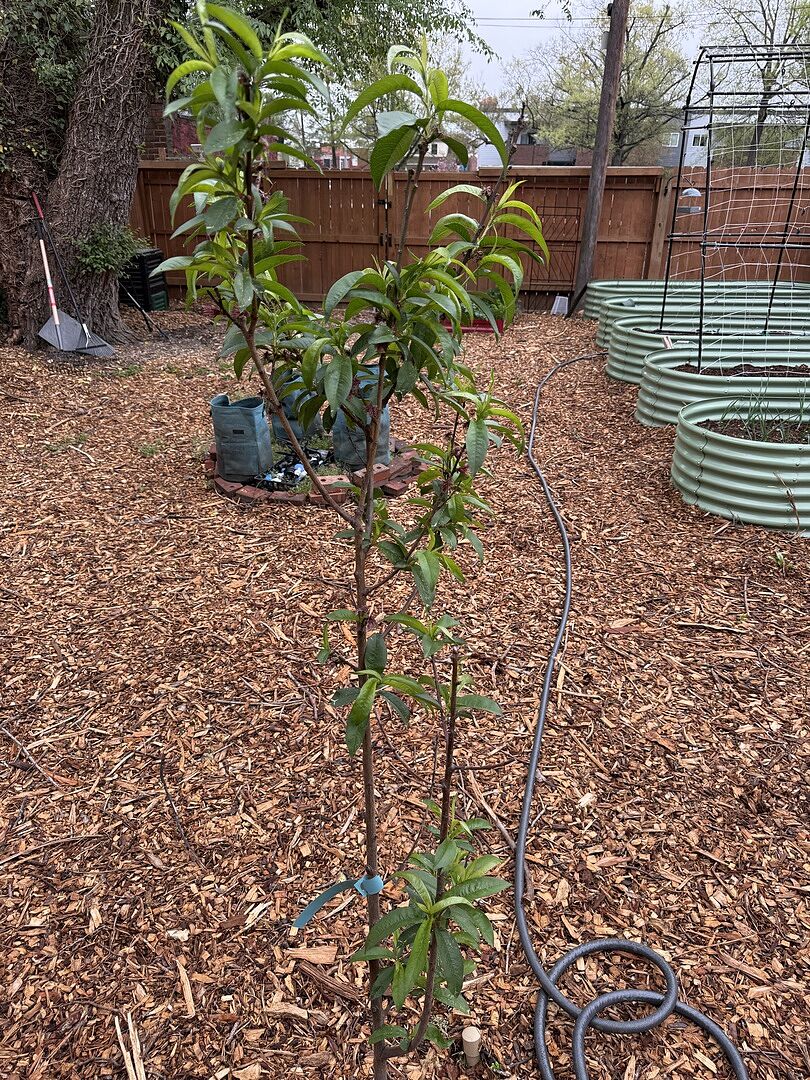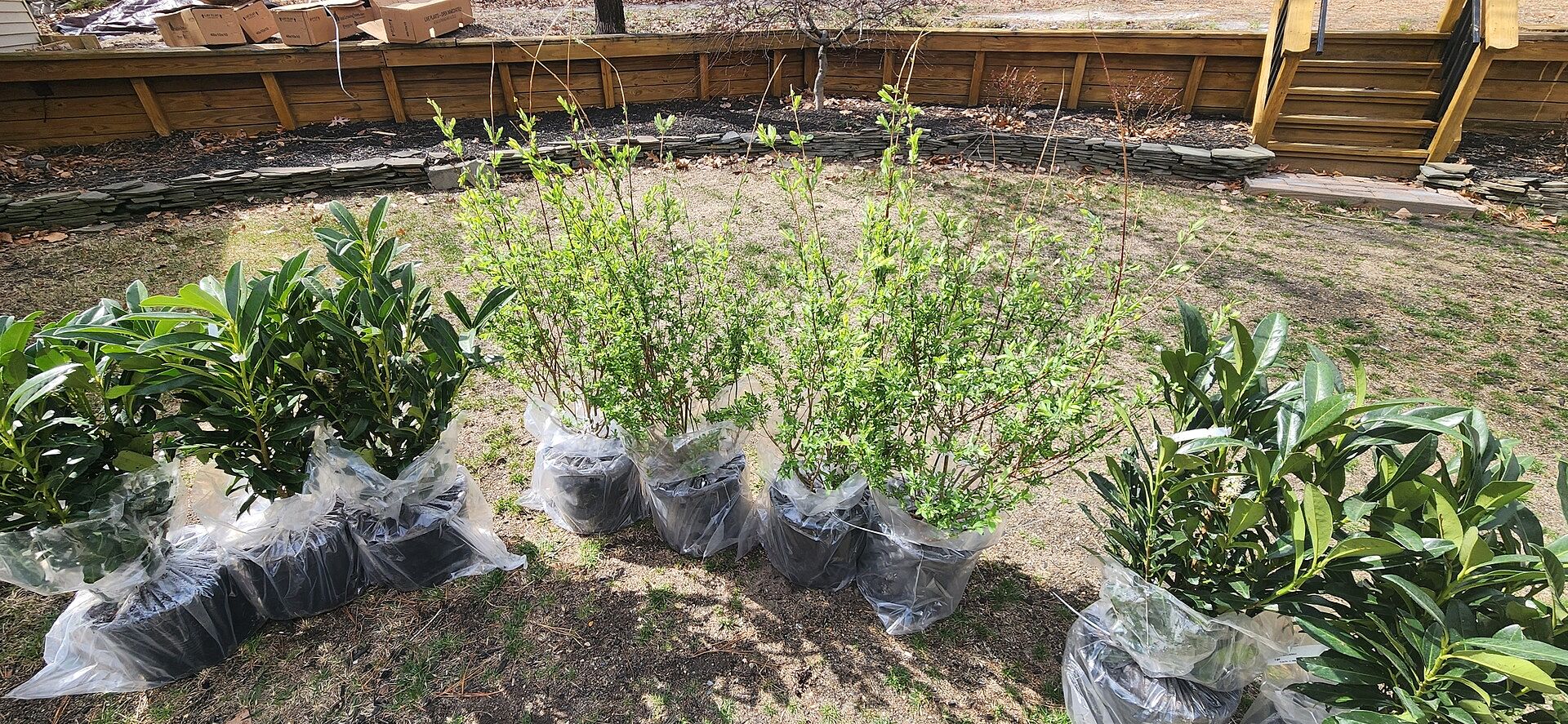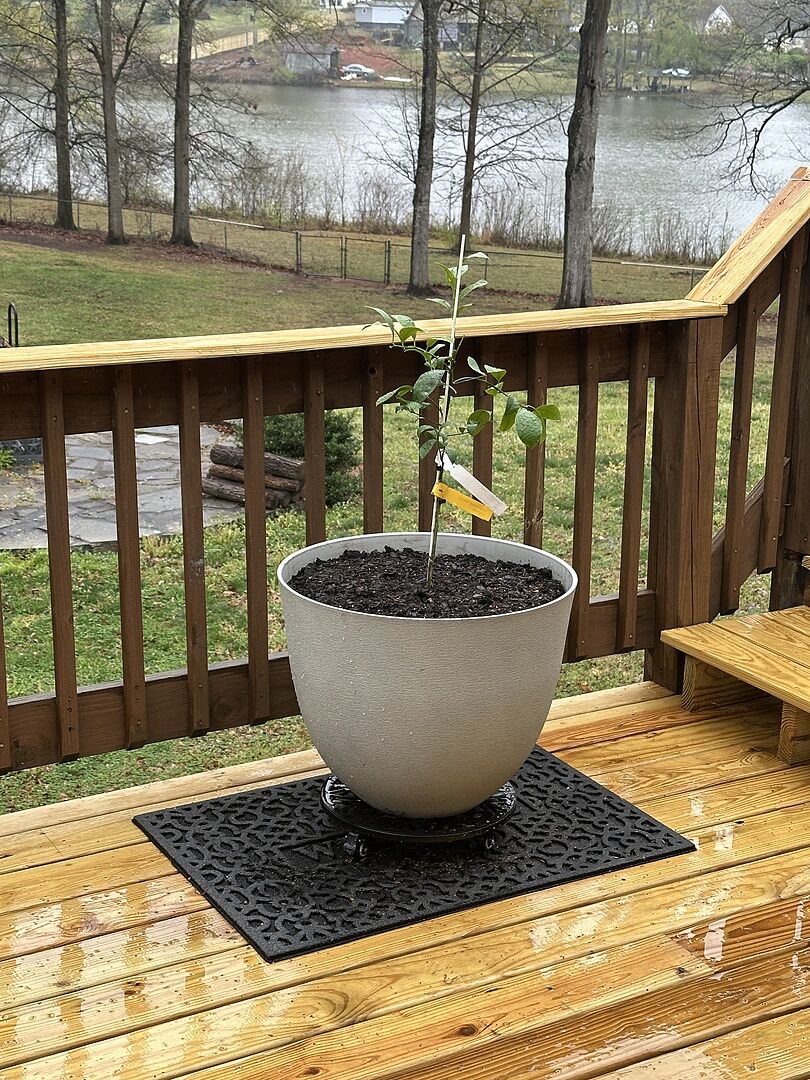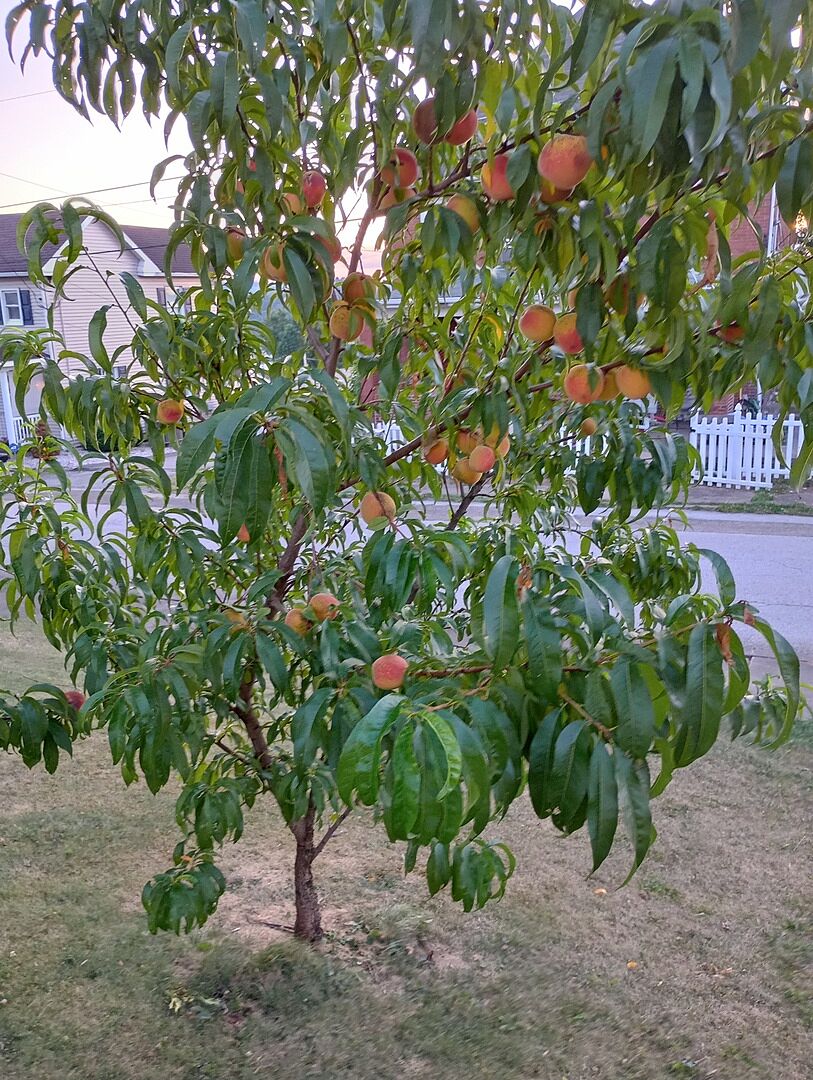Plant Showdown: English Lavender vs. French Lavender

Last updated: Jun 15 2022

Dating back nearly 2500 years, lavender is a sweet-smelling flower that has stood the test of time. Its undeniably recognizable fragrance and purple shades make lavender varieties sought out by new gardeners and seasoned pros alike. But how do you know which lavender variety is best for you, your climate, and your green thumb level?
There are a variety of factors you may want to consider before choosing the right lavender that is best for you. We’ve consulted our plant experts to guide you through choosing between English and French Lavender varieties based on maintenance, appearance, fragrance, size, hardiness and more.
English Lavender vs. French Lavender
Low maintenance no matter which you choose.
Care and maintenance for both of these lavender varieties are very similar. Lavender thrives in full sun locations. And unlike other flowering plants, lavender can take the heat of the midday sun without wilting or fading away.
Soil requirements for both the English Lavender and French Lavender are fairly simple. They prefer a balanced pH and well-draining soil. If you’re concerned about the denseness of your soil, simply add some sand when you plant.
Once established, both of these lavenders require infrequent watering, so you don’t have to monitor them closely. For optimal blooms, it’s best to keep the soil moist, but generally, English Lavender and French Lavender are drought tolerant.
The only maintenance that either variety needs regularly is pruning or deadheading old blooms. Removing spent blooms allows for both the French and English Lavender plants to produce more blooms for more enjoyment.

Besides color, the appearance of French and English Lavender are only slightly different.
Both the French Lavender and English Lavender varieties produce shades of the characteristic purple flowers with lovely green foliage. English Lavender provides the traditional dark purple, lavender appearance with long stalks of tiny flower clusters. These clusters cover the top, wand-like section of the plant.
French Lavender produces blooms that are a lighter pink-purple compared to the dark purple hue of English Lavender. In some varieties, flower petals are long and thin to produce almost leaf-like petals.
Although the flower displays are different, both of these plants produce similar thin, deep green foliage that contrasts beautifully against their blooms. In both varieties, the foliage forms a bush shaped base for the flower stalks to shoot out of in the spring as they prepare to dazzle your landscape with countless blooms.

English Lavender has a stronger fragrance…
The fragrance of the English Lavender is not only stronger than the French Lavender, but also more sweet. Even though the French Lavender scent isn’t as powerful, it still pervades your space with its balsamic and herbal undertones. All lavender carries the light and airy scent, but with the English Lavender, it’s a stronger, more powerful aroma that will waft across your whole landscape.
English Lavender is cold hardy, but French Lavender blooms longer.
English Lavender varieties are cold hardy to USDA zone 5 and winter extremely well by tolerating ice, snow, and frost. French Lavender, on the other hand, thrives in the warmer climates of USDA zones 7-9.
Because English Lavender is so tolerant to colder conditions, it can live up to 15 years in your garden space. And although French Lavender has a shorter lifespan, it blooms more prolifically and longer during the growing season than English Lavender. Flowering in mid June, English Lavender displays blooms for around 4 weeks, whereas French Lavender starts blooming around May and will bloom until late fall in warmer growing zones.
French Lavender is larger than English Lavender…
Although English Lavender has a long lifespan, French Lavender grows larger in size. At 30 inches tall and 40 inches wide, French Lavender rises a few inches above English Lavender, which reaches about 20 inches tall and 24 inches wide. So if you’re looking for a Lavender plant to be in the foreground of your garden space, English Lavender may be the better choice. And if you’re looking for a more mid-size, flowering plant, French Lavender may be the option for you to consider.
Recommended Varieties
Our favorite English Lavenders
Among the most tolerant and vibrant of the English Lavender varieties is the Hidcote Purple Lavender (shown below). This effortlessly beautiful lavender explodes with sweet fragrance and bright blooms. A delight for you and pollinators alike, the Hidcote Lavender is the ideal plant to fill your full-sun locations. Plus, with its signature lavender scent, the Hidcote will ward off pesky insects like mosquitoes. Thriving in growing zones 5-8, it would make the perfect indoor/outdoor plant in cooler zones.

Another top English Lavender on our list is the Munstead Lavender (shown below). Known to be ultra easy to care for, this variety thrives on neglect while being resistant to pests and diseases and withstanding high temperatures and low moisture seasons. Add this prolific, sweet-scented lavender to borders, walkways and containers, and watch it light up your landscape! You’ll definitely want to snip some stems to bring indoors - its fragrance will fill your home with aromatic delight.

Our favorite French Lavenders
Best for growing zones that stay warm, this lush lavender brings versatility and enchantment to any landscape. The Phenomenal Lavender (shown below) is a French Lavender variety that’s more compact and container friendly. Whether you’re planting in a pot or directly into your garden space, it delivers beauty without the hassle. Much like the English Lavender, Hidcote, the Phenomenal Lavender repels unwanted pests while attracting your favorite pollinators.
The Sensational Lavender (shown below) is another one of our favorite French Lavenders. This variety is unlike any other lavender you’ve seen before. The stalks and blooms look 10x larger than traditional lavender and the blooms hold for longer. Plus, with full, silvery foliage, this plant is ready to be the centerpiece of your garden space and is one of the toughest varieties in the French Lavender family, withstanding harsh sun without dying back.

What’s Best for You?
Although both French Lavender and English Lavender will delight your space with enchanting, purple blooms and sweet aromas, each have specific, unique qualities.
While French Lavender blooms more prolifically and all through summer, it does have a shorter life span. It’s also nearly a foot larger than English Lavender but would thrive better in warmer climates. And while the English Lavender blooms only in the spring, it’s more cold tolerant and possesses a stronger lavender scent.
So, take your pick based on your needs and preferences. And, no matter the type you choose, it’s sure to elevate your yard! Check out our Hidcote Purple Lavender, Munstead Lavender, Phenomenal Lavender and Sensational Lavender to bring enticing aroma, color and interest to your garden.

Written by
Sarah Logie
As Content Strategist at FastGrowingTrees.com, Sarah is smitten with words and a fanatic for flowers, particularly cut florals and house plants. With a love for curating compelling content, she also enjoys furthering her plant knowledge along the way! A few of her favorite flowers include hibiscus, hydrangeas, peonies and dahlias.
Sarah’s fondness for plants was cultivated through many childhood trips to Longwood Gardens in southeastern Pennsylvania, as well as through her first job out of college at a floral event design company. In her free time, catch her snapping photos of anything and everything, day-dreaming about interior decor, and enjoying the outdoors any chance she gets.
Featured Product

Southern Living® Phenomenal™ Lavender Plant
322 reviewsStarting at $19.95
























